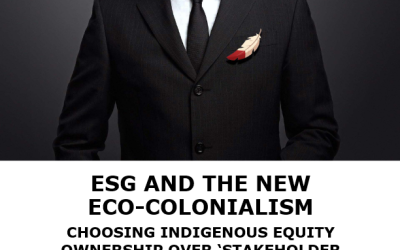John Ivison of the National Post wrote an excellent column on the opportunities that an aging Canadian population presents to a youthful burgeoning First Nation population. This is particularly important given the resource boom in Canada.
For instance, Ivison points out that, “The Canadian Energy Research Institute has estimated the oil sands will require more than 450,000 positions filled across Canada annually. The challenge is clear – to marry the one remaining pool of slack supply – the aboriginal community – to the jobs that desperately need to be filled.”
But, what is more interesting about his analyis is his identifying that incentives exist to not fill jobs, even if they are local. Sound familiar? This is the problem we have encountered with the perverse incentives of Employment Insurance (EI) that the government is trying to fix.
Ivision: “As with the overly generous Employment Insurance regime, the federal government provides a range of welfare programs for natives on reserve, with little enforcement when it comes to accepting work that is often available in more accessible reserves. There are 1,200 aboriginal communities within 200km of producing mines or exploratory properties and, while the numbers of native workers is increasing, there are still jobs unfilled.”
Perhaps aggressive training programs combined with tweaking how social assistance is handled on First Nations could help increase First Nations’ access to resource industry employment.


